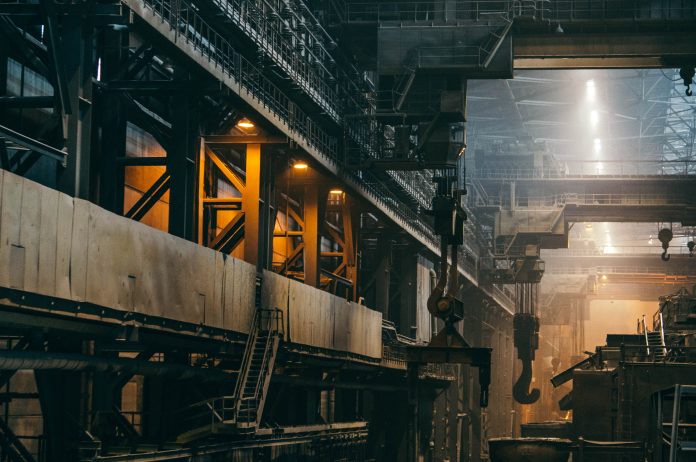
When you are creating an innovative product, the terms product design (PD) and industrial design (ID) may get confusing. Some people use the two terms interchangeably. However, there is a significant difference between the two.
Some people claim that product design is a part of the industrial design process, while others say that industrial design is part of the overall product design. This article explores the concepts on a deeper level.
Product Design: It involves the development of the concept of a new product. It is the initial phase of the whole product development cycle where entrepreneurs will come up with new ideas or products that will help people solve a problem. Product design is intended to answer why a product should be developed.
Industrial Design: On the other hand, industrial design is the process of coming up with ways to create a working prototype of the product and develop the product into mass production. In short, developing a product will first enter the PD stage in which the concept of a product is being developed. Once all the product ideas have been established, these ideas are then passed on to industrial designers who will develop these ideas into a physical model.
Other definitions: PD and ID may mean different things to different industries. For IT specialists, PD refers to creating software or applications designed to improve different processes for consumers. PD will then mean the development of digital products; on the other hand, industrial design is limited to creating a physical product.
PD is mainly about the development of concepts or ideas aimed to solve a problem while the industrial design is about taking these concepts to be manufactured into a working product to be distributed to the end-users. With this definition, product design will be an initial phase of industrial design.
Roles of Industrial Designers
Industrial designers are tasked with the development of the solutions to be manufactured as products that can be used by the end-users. Industrial designers have specific duties that may involve the following:
- Industrial designers are often in constant communication with their clients to determine the requirements for the PD. Research different ways for a particular product to be used and the different target markets for the product.
- Create 3D renditions of what the product might look like post-production.
- Use different software to develop virtual models of the product.
- Research the different materials that may be used to create the product.
- Determine the costs to produce the product.
- Evaluate product safety and functionality.
- Present the different designs and prototypes to clients for their approval.
Industrial designers may focus on a particular product category. For example, industrial designers may focus on designing products for the medical industry, while other designers may specialise in the electronic gadget industry. In the software industry, industrial designers are usually called as user interface designers and may focus on the usability of software that is being developed.
Industrial designers must be able to imagine how a product might look and must be adept with 3D rendering software such as CAD to create virtual models of the product that is being developed.
To sum it all up, both PD and ID are important phases needed to create a marketable product from an idea.















